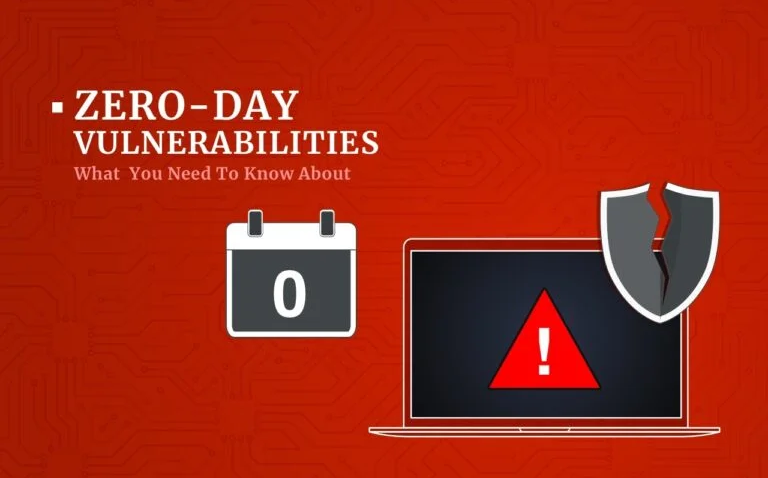In an era where cyber threats are escalating rapidly, securing web and mobile applications is more critical than ever. These applications often handle sensitive user data, making them prime targets for cyberattacks. Implementing robust security practices can significantly reduce vulnerabilities and enhance protection. Here are the best practices for securing web and mobile applications.
1. Secure Coding Practices
- Follow the OWASP Top 10 security guidelines to mitigate common vulnerabilities like SQL injection, cross-site scripting (XSS), and broken authentication.
- Use input validation and sanitization to prevent malicious data injections.
- Implement secure authentication mechanisms (e.g., multi-factor authentication and strong password policies).
- Store passwords securely using hashing algorithms like bcrypt or Argon2.
2. API Security
- Use OAuth 2.0 or JWT (JSON Web Tokens) for secure API authentication.
- Implement rate limiting and throttling to prevent API abuse.
- Encrypt API communications using HTTPS/TLS protocols.
- Validate and sanitize API requests to prevent injection attacks.
3. Secure Data Storage & Transmission
- Encrypt sensitive user data at rest using AES-256 and in transit using TLS 1.2+.
- Avoid storing sensitive data locally on mobile applications.
- Use secure session management and time-limited tokens for data access.
4. Mobile Application Security Enhancements
- Ensure apps use secure sandboxing to prevent unauthorized access to system resources.
- Implement code obfuscation and binary protections to prevent reverse engineering.
- Regularly update mobile applications to patch security vulnerabilities.
- Enforce strict permissions policies—limit access to critical device functions like camera and microphone.
5. Secure Authentication & Access Control
- Implement multi-factor authentication (MFA) for enhanced security.
- Apply role-based access control (RBAC) to restrict user privileges.
- Enforce session timeout policies to prevent unauthorized access.
6. Web Application Firewall & Security Monitoring
- Deploy a Web Application Firewall (WAF) to filter malicious traffic.
- Use real-time security monitoring and logging to detect suspicious activity.
- Implement Intrusion Detection Systems (IDS) and Intrusion Prevention Systems (IPS).
7. Regular Security Testing & Updates
- Conduct penetration testing and vulnerability assessments regularly.
- Apply automatic security updates and patch known vulnerabilities.
- Perform static & dynamic code analysis to detect flaws in application code.
8. Compliance & Regulatory Requirements
- Ensure applications comply with GDPR, CCPA, ISO 27001, and DPDP Act standards.
- Maintain strict data protection policies and conduct audits.
Conclusion
Web and mobile application security requires a multi-layered approach to mitigate evolving cyber threats. Organizations must adopt proactive security measures, conduct continuous monitoring, and follow industry best practices to safeguard their applications and user data.
By implementing these strategies, businesses can prevent cyberattacks, protect user privacy, and ensure long-term application security.

